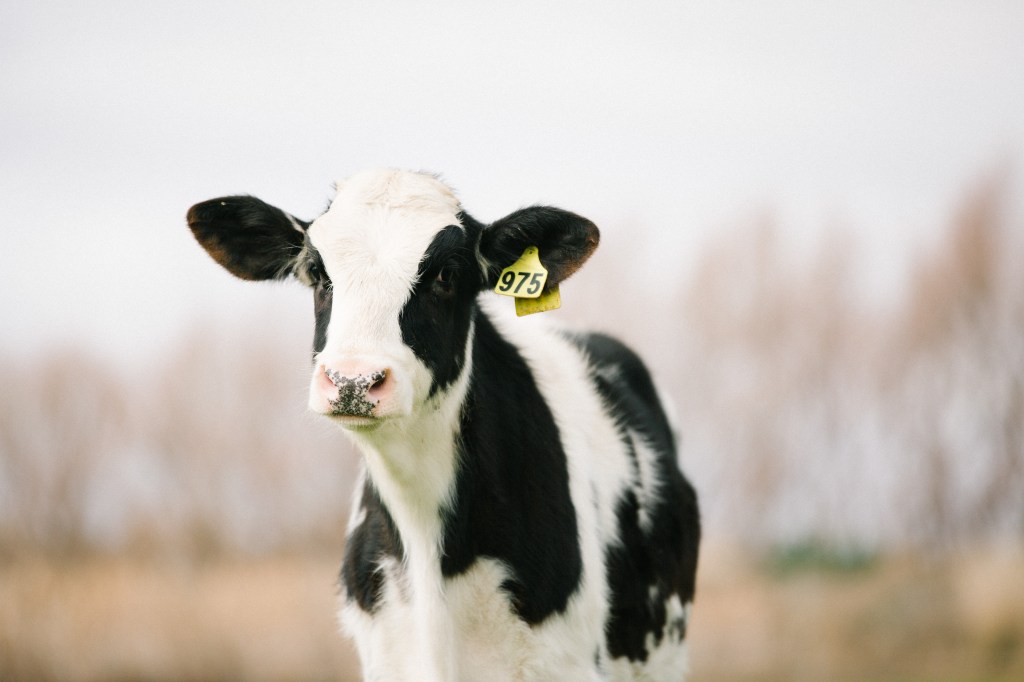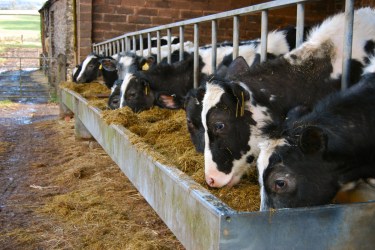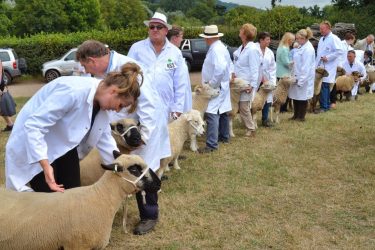The national Milkminder matched sample for June 2018 highlights that production levels of milk litres and solids, for the average herd of 210 cows, have survived the challenge of the late winter, and remain largely unaltered from June 2017.
However, Nigel Davies, Promar’s National Consultancy Manager, notes that the average total purchased feed bill for the month is now almost a five-figure sum at £9,777 per herd, which is effectively 9.1% higher per cow compared to twelve months ago.

“Aside from practical challenges, these numbers serve as a prompt to start planning ahead to help understand the financial implications of ensuring that there will be adequate supplies of both home-grown and purchased feed for the months ahead,” he explains.
“Producers should aim to gauge an understanding of the potential cost implications of feeding livestock right through to this time next year and beyond,” adds Nigel.

“This is a real challenge for many and for this reason, using a costings service like Milkminder can be beneficial in helping to give an accurate indication of likely purchased feed costs, against which farmers can compare the likely costs of other feed sources.”
“For example, additional feed this year could come from catch crops sown in the autumn or spring, or other external sources of forage.”
Nigel encourages farmers to map out the relative costs of any additional feed sources now, thereby making informed decisions, rather than waiting until next year and then realising that a better decision could have been made.







